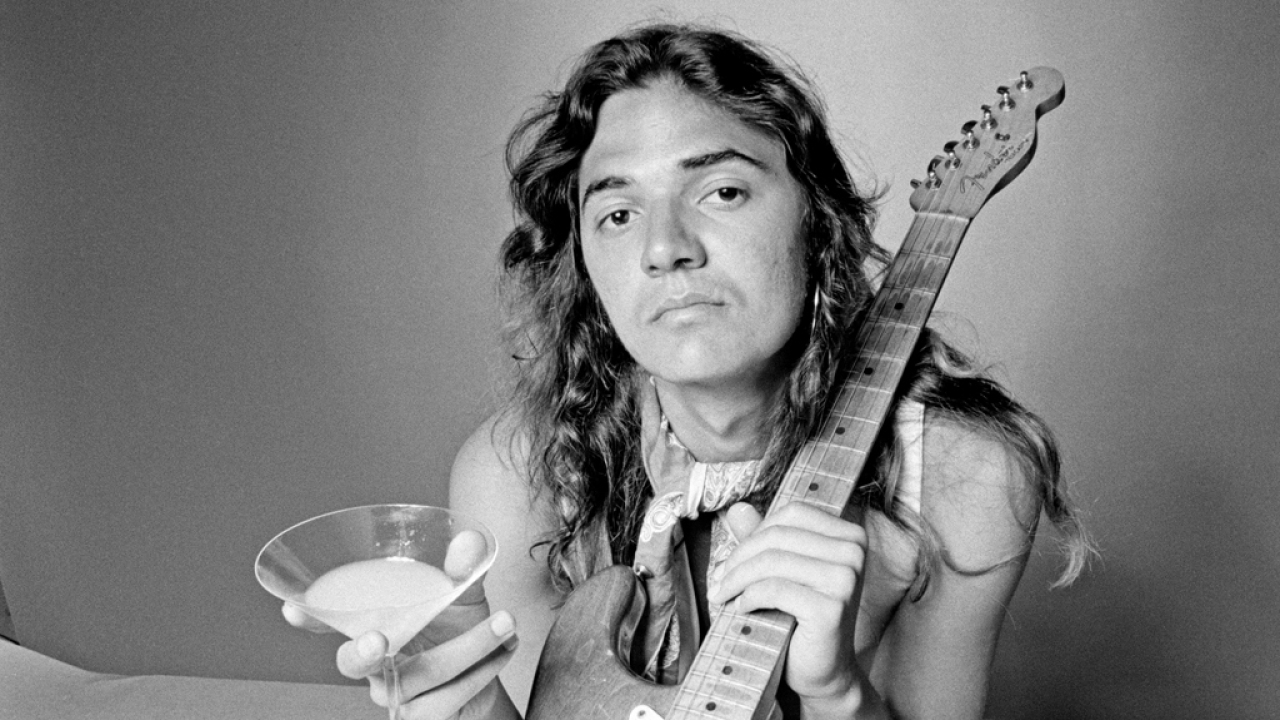On April 18, Lou Reed, Green Day, Ringo Starr, Joan Jett and others will be inducted into the Rock And Roll Hall Of Fame, joining everyone from The Beatles, the Stones, Led Zeppelin, Pink Floyd and The Who to Kiss, Metallica, ZZ Top and, er, ABBA. But what about all the bands this US institution has overlooked, ignored or wilfully snubbed over the years? The giants and innovators of rock, prog, punk, blues and more who weren’t deemed important enough, cool enough or American enough to warrant entry through those hallowed portals.
Nearly 50 years after forming, Deep Purple are one of a diminishing handful of bands who formed in the late 60s who are still active today, who are not content to rest on their laurels and who still exist in a meaningful and creative way. While many of their peers are content to play the chicken-in-a-basket circuit – their tour posters emblazoned with monochrome mug shots of how they looked back in their bushy-tailed heyday – Purple have matured like a fine, expensive wine (a Sweet Burgundy, as their former guitarist, the late, great Tommy Bolin, might have it).
From 1968’s Shades Of Deep Purple to 2013’s NOW What?!, Purple’s passage through time resembles a mountain range of breathtaking highs and turbid lows. Via a series of interviews with every key member past and present, we celebrate Purple’s extraordinary, multi-decade career. We highlight the radically different personalities of the musicians who have impacted on the band, and marvel at how these contradicting characters were able to gel musically. We examine the mysterious – and occasionally devious – workings of this at times most volatile of bands. We analyse the contributions of alleged bit-part players including Nick Simper, Joe Lynn Turner and the aforementioned Bolin. Plus much more besides. This is Deep Purple dissected, deconstructed and laid bare. (Oh, and we only mention Smoke On The Water once.)
Years before the Joe Lynn Turner Effect there was the Tommy Bolin Effect. How could Deep Purple, the most archetypal of British rock bands, employ a brash, kimono-wearing American guitarist with feathers in his hair and a penchant for jazz-fusion? Bolin had a charismatic presence but he was gentle, quiet and unassuming. His secret drug addiction caused him to be disconnected and mysterious. That was part of his fatal charm.
What’s more, you knew where you were with Ritchie Blackmore. The Man In Black played mighty riffs and smashed his Stratocaster to pieces. Bolin employed all manner of space-age trickery. It just wasn’t… right.
When Bolin auditioned for Purple in summer 1975, the band were in a state of disarray. But the arrival of the Sioux City, Iowa native changed all that. As Jon Lord once said: “Tommy completely energised what was a rather distraught and headless chicken,” while Glenn Hughes added: “He wasn’t a Blackmore clone, and he had an essence, an aura about him that told us he needed to be in this band.”
America really had no qualms in accepting Purple’s new guitarist. In fact with his solo album, Teaser, vying for shelf space with Purple’s_ Come Taste The Band_, Bolin’s star was very much in the ascendancy over there.
Purple had survived – just – traumatic events in Indonesia (where Bolin’s bodyguard, Patsy Collins, died in mysterious circumstances) and Japan (where a bad heroin fix into his left arm affected Bolin’s playing), but by February 1976 they were getting their act together.
That all changed when they played at Wembley Empire Pool on March 12 and 13. There was an atmosphere of indignation, and the unspoken taunt: “We know you’re not Deep Purple so don’t try to pretend you are.” Just two days later, after a disastrous show at Liverpool Empire, the pretence was over.

